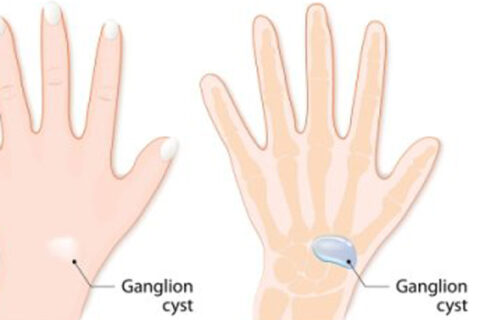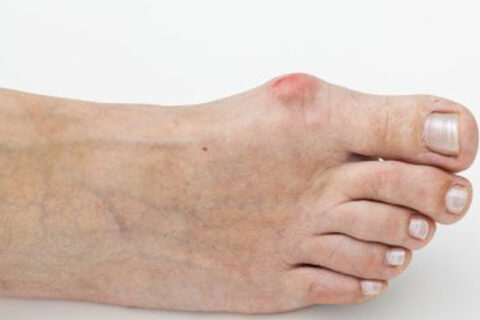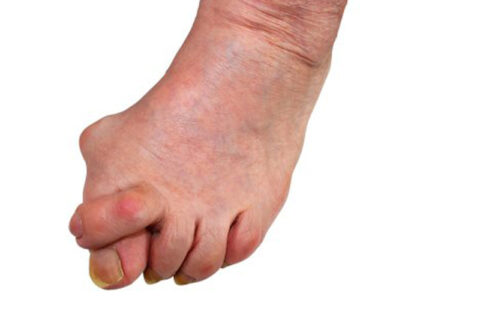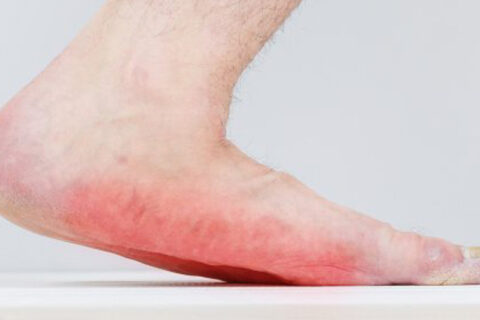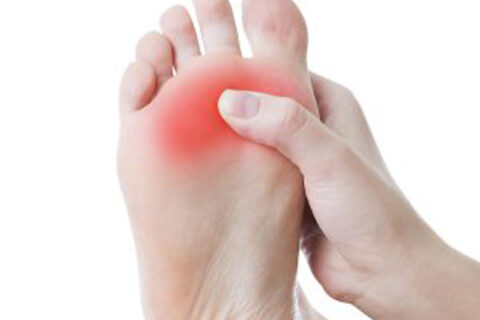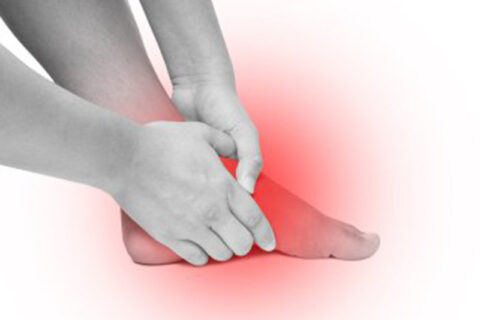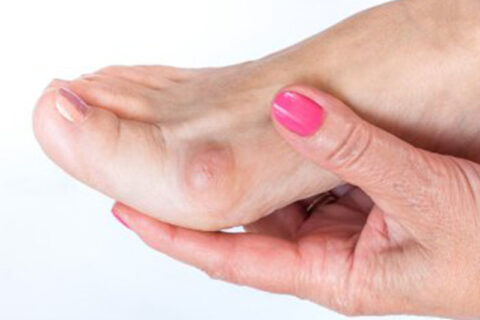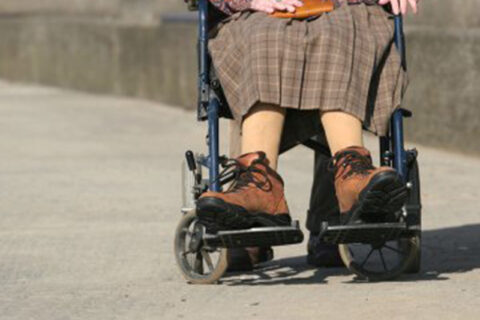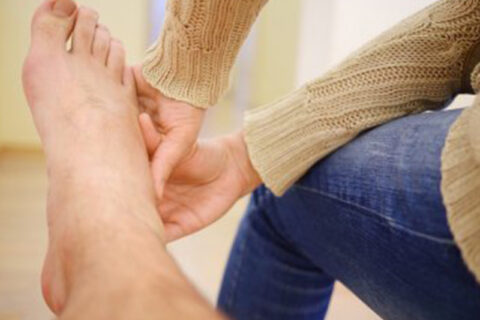Category: Extracorporeal Shockwave
are benign, fluid-filled lumps that appear just below the skin. If you develop one on your foot, your doctor may recommend an aspiration to…
Bunions are foot deformities that cannot be reversed non-surgically. If a bunion specialist in the Sugar Land area diagnoses you with this…
Bunion surgery is the only way to correct this painful foot deformity. Unfortunately, it’s possible for the surgery to fail, and for the…
Patients with flat feet in the Sugar Land area can have reconstructive foot surgery to prevent complications of this condition, such as…
If you’re suffering from foot pain, a neuroma could be to blame. Neuromas, which are also known as pinched nerves or nerve tumors, are benign…
Bunions, which affect women more often than men, might not be dangerous to your overall health, but they are certainly painful. They occur as the…
The appearance of a lump under the skin can be alarming, but fortunately, lumps aren’t always cancerous. Sometimes, the development of lumps along…
Bunions are a painful foot deformity that may require surgery. Unfortunately, the first surgery doesn’t always fix the problem. If you’re…
Impairment of the lower extremities is a common cause of inactivity among seniors, according to the U.S. National Center for Health Statistics.…
Are you planning to see a podiatrist in Sugar Land because of recurrent neuromas? If so, then continue reading to learn some important…
